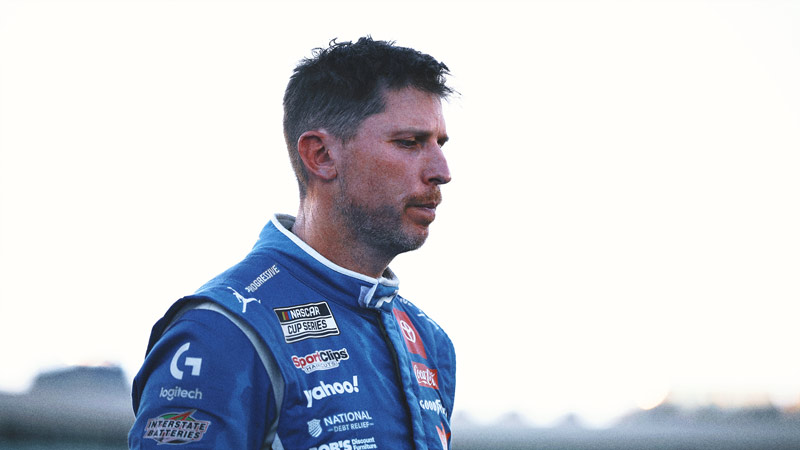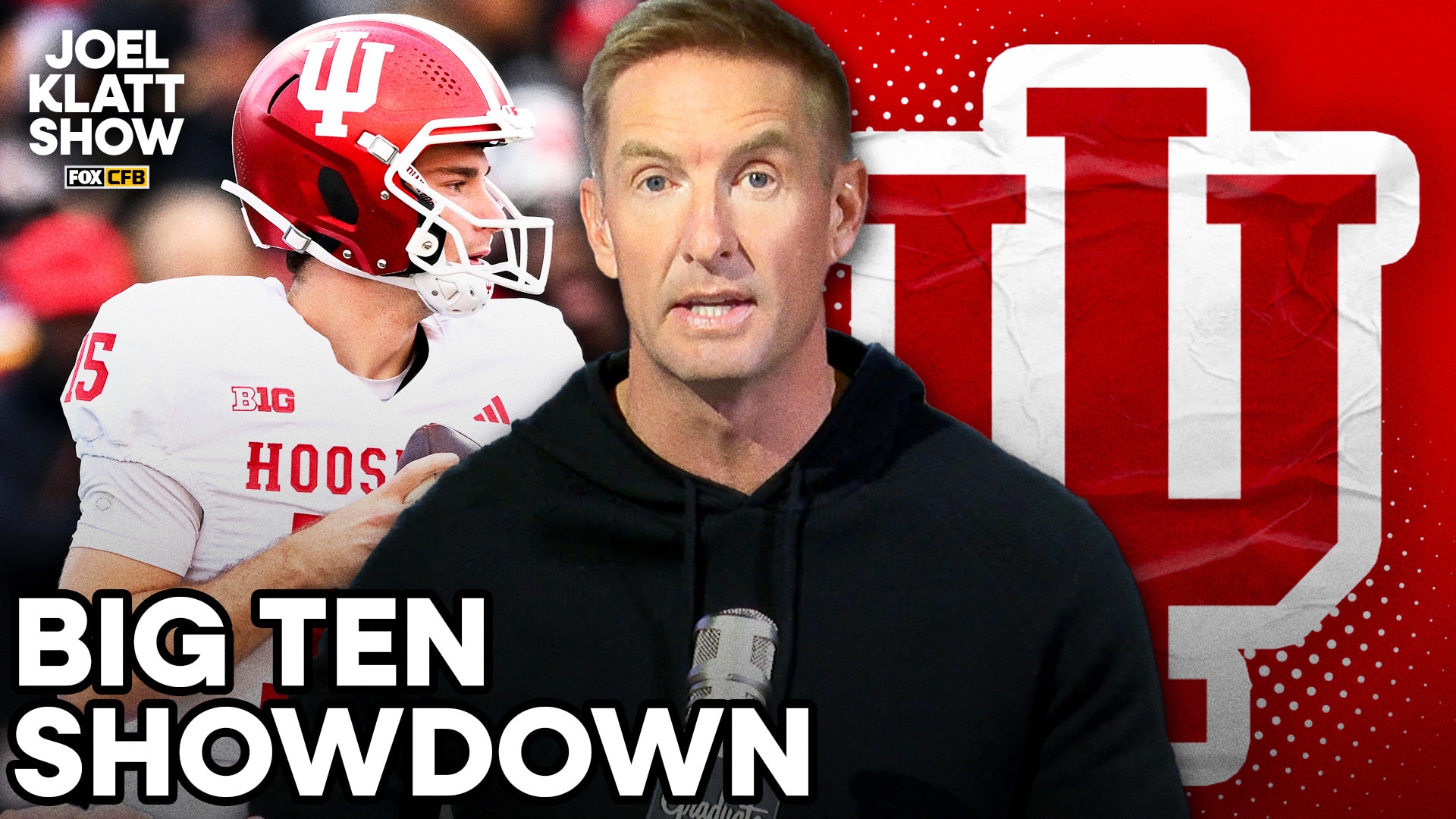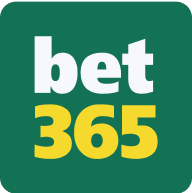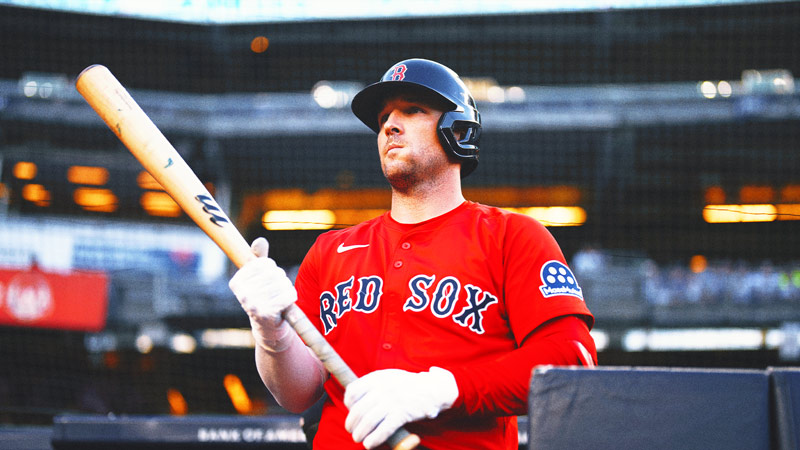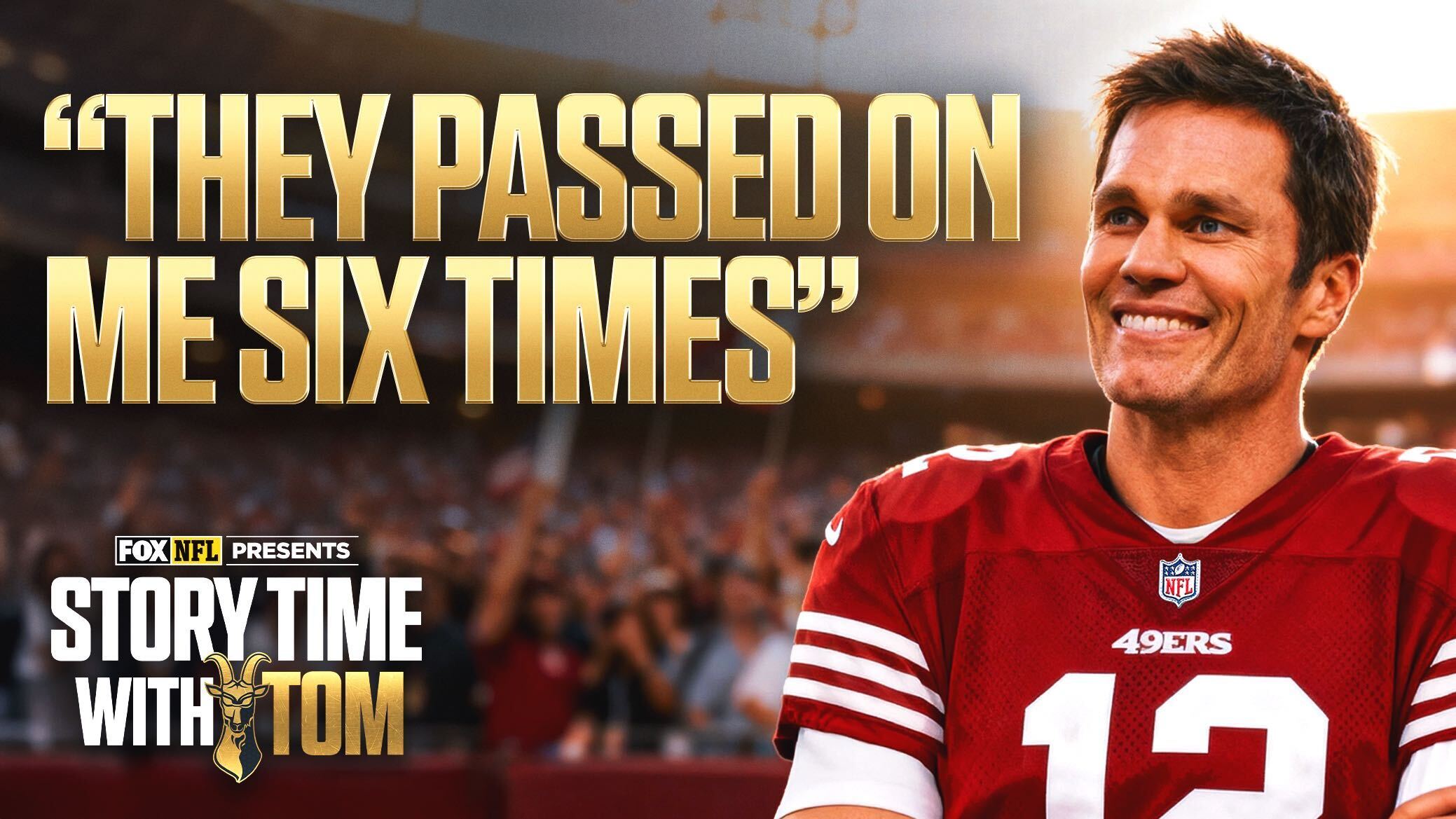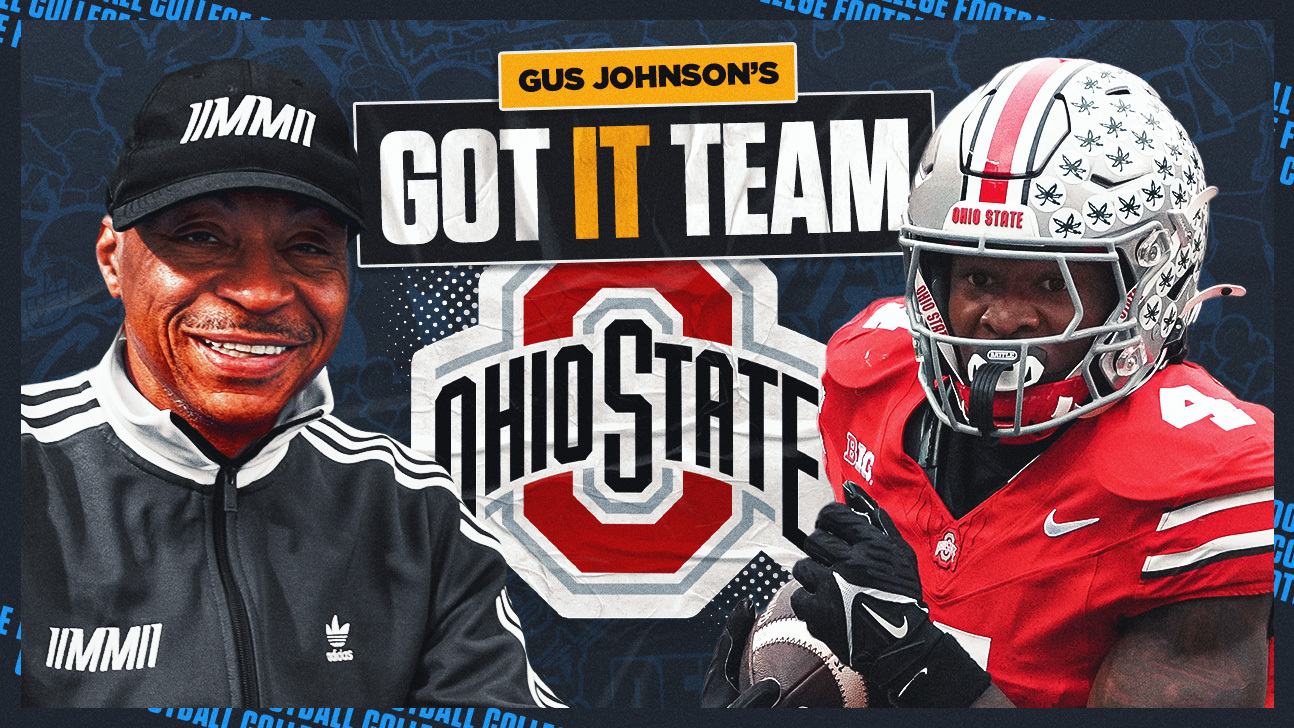As the college basketball season tips off, coaches across the country are looking at a new recruiting pipeline: the pros.
On Sept. 23, Santa Clara announced the signing of Theirry Darlan, who made his debut for the Broncos on Tuesday after playing the past two seasons in the G League, the NBA’s development circuit that featured players as old as 38 last season. Darlan became the first player in college basketball history to suit up for a school after playing in the G League—but he won’t be the last.
A month after Darlan’s pledge, London Johnson committed to Louisville as a member of the 2026 class after spending the past three years in the G League. He was part of the Ignite, a G League team that signed players out of high school, offering an alternate path to professional basketball that didn’t require attending college first. But the Ignite, founded in 2020, folded last year after college athletes were legally allowed to make money off their names, images and likenesses.
Johnson will arrive at Louisville mid-year and sit out this season. He will have two years of collegiate eligibility starting with the 2026–27 season, according to On3.
As the lines between the professional and college ranks blur while athletic departments introduce revenue sharing and seek to bolster their NIL operations, other ex-G Leaguers could try to follow in Johnson’s footsteps.
“I think at this point the surprises have gone by the wayside,” former Ignite GM Anthony McClish told Front Office Sports. “I don’t really know what a surprise is anymore.”
Historically, the NCAA has been fairly rigid in not allowing ex-pros to play collegiately, though it has periodically made exceptions for international players. Darlan’s agent, Todd Ramasar, told FOS last month that his two years of eligibility were granted based on his age and how long he had been out of high school. The NCAA placed less focus on how much money he made in the G League. But he’s still an international prospect, hailing from the Central African Republic, which is why he fits the NCAA’s eligibility rules for foreign players.
Even Bucks star Giannis Antetokounmpo joked about his own eligibility situation after he played professionally in Greece before being drafted by the Bucks in 2013.
The NCAA is treating each player as a case-by-case basis, but it is determining eligibility by calculating how many games an athlete participated in compared to the total amount for each year they’ve been out of high school, but not enrolled in college. G League players could be eligible for college if they graduated high school within the past five years. Going through the NBA Draft process or signing an NBA contract makes their eligibility case harder. In Johnson’s case, he has never declared for the NBA Draft, which helped his cause.
“The NCAA has consistently advocated for the ability to set and enforce commonsense eligibility and transfer rules,” Tim Buckley, the NCAA’s senior vice president of external affairs said in a statement shortly after Johnson’s commitment. “That ability is currently under attack in courts across the country. This is why we’re focused on partnering with Congress to resolve today’s patchwork of state laws and inconsistent, conflicting court decisions that risk robbing high school athletes of the ability to compete and obtain an education through college sports.”
Getting paid isn’t the main point of contention like it used to be with the NCAA.
“You have these two spheres of eligibility,” McClish told FOS. “One being eligible to play in college and the other one being eligible to declare for the NBA from college. I don’t know where the venn diagram of those two intersects in the middle to where the same player would be eligible to do both—in London’s case —for three years. On paper, he’s been a professional for three years, but he’s not draft eligible.”
Johnson’s commitment opened the door for other G League players to seek college eligibility – and led legendary Michigan State coach Tom Izzo to blast the NCAA.
“To me, it’s ridiculous. To me, it’s embarrassing,” Izzo said. “I love my job, (but) I don’t respect my profession … .I think we’re really hurting the seniors in high school, giving them a chance. What’s the age limit now? Is it 30? If you have three beards and two mustaches, are you illegal, are you not allowed to play?”
Both Darlan and Johnson are 21.
But while Izzo is complaining, his peers are looking for more athletes who can use this eligibility wrinkle. In the process, the dynamic between the NBA’s minor league affiliate and college basketball has completely reversed.
“Completely shocked,” University of Southern California coach Eric Musselman told FOS of his initial reaction. Musselman coached in the G League for two years. “But when you put the brakes on it and you think about European pros coming, why not? It’s the same thing.”
Abdullah Ahmed, a 6-10 Egyptian center who spent last season playing for the Westchester Knicks, is expected to be the next G League alum to commit to a school. He is set to choose between BYU and Houston sometime before Thanksgiving.
Meanwhile, college coaches are scouring old Ignite rosters and previous recruiting targets to see if they can figure out who still has college eligibility remaining and if they’d be open to the idea of coming to campus.
“That’s a question we’re still trying to answer ourselves,” a Big Ten assistant told FOS. “There’s so many dynamics.”
Both the Big Ten assistant and a G League executive believe that no more than a dozen G League players would be able to successfully petition the NCAA for eligibility, with the majority of them being prospects who signed with the Ignite out of high school and/or are international. But the unprecedented nature of the situation has coaches triple-checking if there could be more.
Musselman said the Trojans basketball office has G League depth charts on a board with two full-time staff members investigating players eligibility and grad assistants watching film. But he added that more resources are still being devoted to high school and transfer portal recruiting.
The quest to find other G League players has led some G League executives to receive calls from college coaches about their former players, asking for scouting reports, character assessments, even a gauge of their NBA prospects.
“Usually it’s the other way around,” a G League executive in the Eastern Conference told FOS.
A Watershed Moment, Or A Blip?
An assistant in the SEC told FOS that while they will look into recruiting G League players, they find the situation overblown. There’s a reason these players are looking elsewhere.
Is it worth recruiting a player who initially avoided going to college for a small window of eligibility?
“80% of our team can make a G League roster,” the SEC assistant said. “These aren’t pros. These are fringe pros.”
“When I was in the G League and there were only 12-16 teams, those guys if they were playing in college, they’d be All-Americans,” Musselman added. “Now with [31] teams, the G League is so watered down it’s not even comparable to what minor league basketball was 10 years ago.”
It’s unknown how many players can or will make the leap from the G League to college hoops, but it’s that lack of clarity that has some executives in the NBA’s minor league worried about what it could mean for the G League down the road.
Darlan and Johnson’s decisions come at a time when the NCAA eligibility rules are being tested by Vanderbilt quarterback Diego Pavia and others, and some executives believe the right lawsuit could open the door for more G League players to regain their remaining college eligibility.
“It’s going to open everything up,” a second G League executive in the Eastern Conference told FOS. “It’s challenging the definition of an NBA contract. If you declared for the draft, went undrafted and signed directly with a G League team, is that not considered an NBA contract to the right judge the same way a standard deal or [training camp deal] is?”
Another worry among G League executives is the root of most problems: money.
The highest salary in the G League pays around $45,000, less than some players can make from college basketball bluebloods.
“NIL crushes us,” the second executive told FOS.
The impact the college game has on Ahmed, Darlan and Johnson’s NBA prospects could influence who joins them. Darland averaged 11 points per game in the G League last season and is now playing in the West Coast Conference. On Tuesday, he had 13 points and 13 rebounds on 50% shooting in his collegiate debut against Cal Poly Humboldt. If he struggles against lower competition, it could make other G Leaguers think twice about going the college route for a better shot at the pros.
“The G League players are all trying to get to the NBA,” Musselman said. “To go G League to college, if you have a great year, maybe that helps you. But if you don’t, where do you go from there?”
The post Is College Basketball About to Raid the G League? appeared first on Front Office Sports.

 3 hours ago
7
3 hours ago
7





